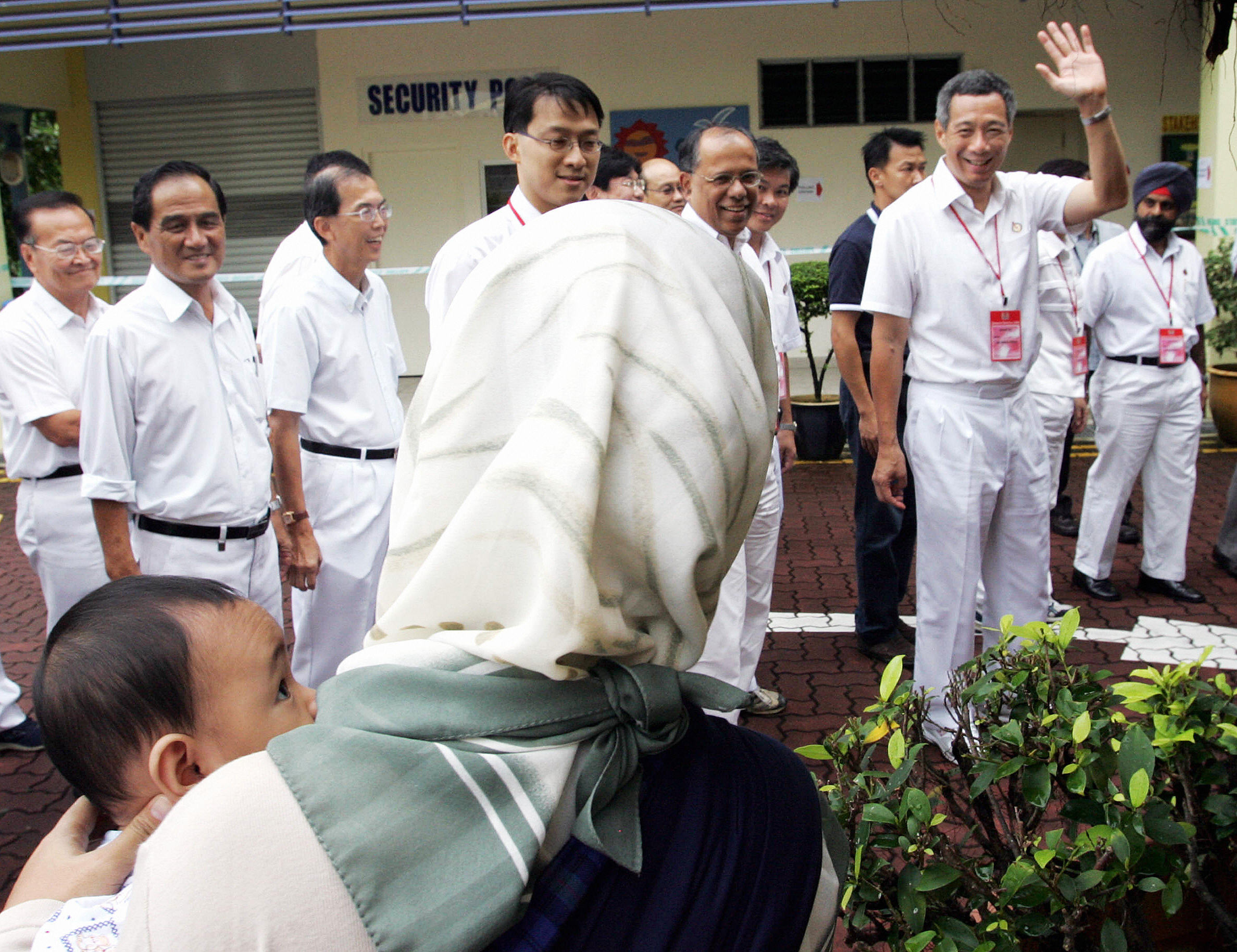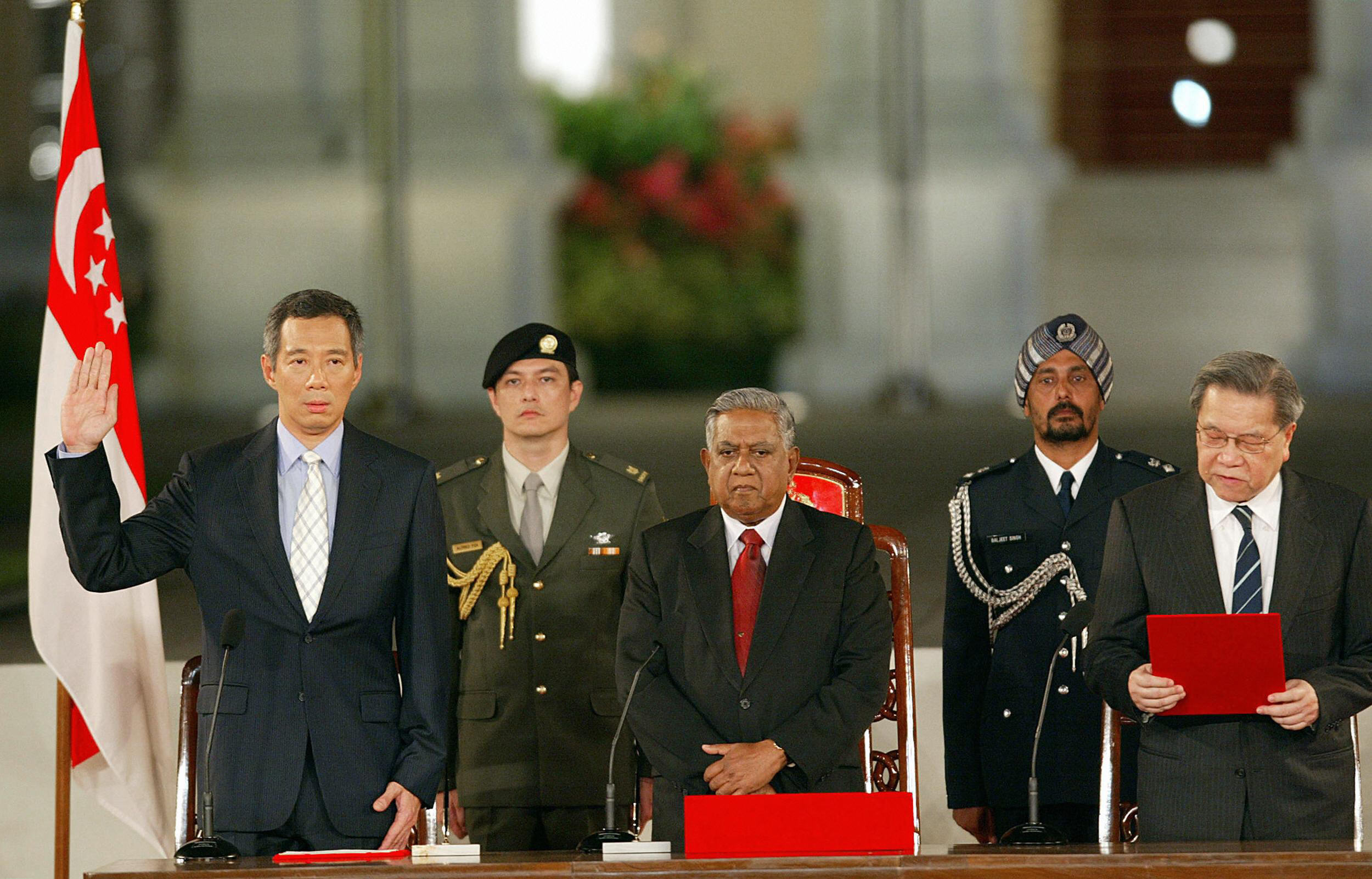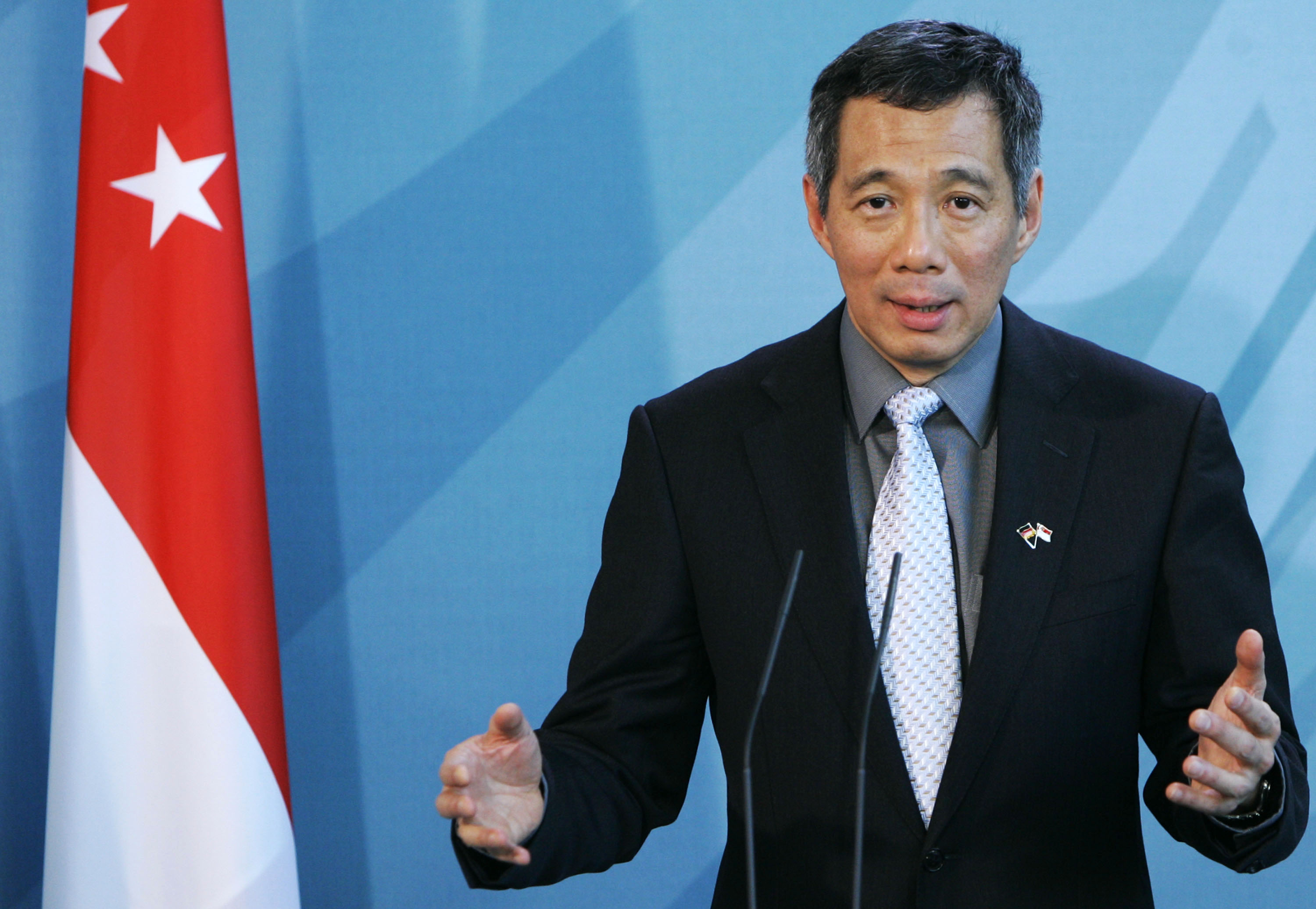It was January 6, 2004. This was four months before the important Istana lunch organised by then Minister Wong Kan Seng, and the lunch would subsequently determine the third Prime Minister (PM) of Singapore.
Then Deputy Prime Minister Lee Hsien Loong gave a preview of how he would lead Singapore, when he spoke to his fellow Harvard alumni at the Harvard Club of Singapore's 35th Anniversary.
Titled "Building A Civic Society", Lee gave a speech that The Star Malaysian newspaper described as his roadmap for politics and society, and what The New York Times called "his vision of a more open society".
The speech also caught the notice of TIME magazine, BBC, and the Japan Times.
Lee told the audience during that evening that he had "no doubt that our society must open up further", highlighting that "one important task of the government will be to promote further civic participation, and continue to progressively widen the limits of openness".
Five ways to promote civic participation in Singapore
Lee suggested five ways to promote civic participation in Singapore, namely:
i) Guidelines for public consultations on new policies or regulations;
ii) Rigorous debate;
iii) Emphasis on action;
iv) A constructive media and;
v) A leading Government role.
i) Guidelines for public consultations on new policies or regulations
Lee argued that fruitful public consultations would only progress if everybody (the government and the public) understands the terms of engagement.
He explained that these terms of engagements were not "OB markers", but simply guidelines.
For instance, it was important to state the objective, scope and process of each public consultation exercise, and clarify the decision-making process and the scope for change.
ii) Rigorous debate
Lee said that the second way to promote civic participation is to debate policies and national issues rigorously and robustly.
He argued that a debate is only fruitful if it is "issue-focused, based on facts and logic, and not just on assertions and emotions".
Here is how Lee viewed a national debate:
"The Government's approach sets the tone of the public debate. How it responds will depend on the spirit of the criticism. The Government will not view all critics as adversaries. If it is a sincere contribution to improve Government policies, but one which we do not agree with, then our response will be dispassionate and factual, pointing out where we think the criticism is mistaken but encouraging the critic to continue to stay engaged or even counter-argue.
But a criticism that scores political points and undermines the government's standing, whether or not this is intended, is another matter altogether. Not everyone joins the public debate merely to help the government to govern better. For example, when the opposition criticises an action or policy, the purpose is usually to show that the government is not providing good leadership or making good policy. They are fully entitled to do so, but the Government has to rebut or even demolish them, or lose its moral authority. Anyone entering the arena should understand that these are the rules of the game of politics everywhere."
 PM Lee greeting a voter during his visit to a polling station May 6 2006. AFP, Getty Images.
PM Lee greeting a voter during his visit to a polling station May 6 2006. AFP, Getty Images.
iii) Action Above Words
Lee said that the third way to promote civic participation is not to stop at words, but to act on them.
He added that activism involves many helping hands in many areas such as social work, the arts and self-help groups, and does not need to be confined to high policies or grand schemes.
For instance, he highlighted that the United States has a very active citizenry that's always ready to organise themselves and solve their own problems, without waiting for the Government.
Lee contrasted this to Singaporeans, quipping that perhaps the Government has taken on responsibility for many things which citizens should really deal with themselves.
He said that "whether it is a ceiling leak, a mosquito nuisance or a troublesome neighbour, usually the first question which people ask is: what will the Government do about it?
iv) A Constructive Media
Lee said that Singaporeans' active civic participation also involved the media playing a constructive role in nation building, noting that the media should report news accurately and fairly, in order to inform and educate the public.
He opined that the media should adopt a national perspective on issues, educating Singaporeans on the reality of global competition. However, it should avoid "crusading journalism", slanting news coverage to campaign for personal agendas.
Lee concluded that the Singapore media model is a different model from the US media, which uses its powerful position to set the national agenda, champion policies and pass judgment on the country's leaders.
The Singapore media helps the public to decide and judge issues for themselves, and provides a valuable channel for them to voice views and opinions, he said.
v) A Leading Government Role
Lee concluded that the final way to build a civic society is for the Government to continue playing an active and leading role in taking Singapore forward.
In other words, he felt that the "Government cannot abdicate its responsibility to lead from the front". This is because "a small and vulnerable state in a challenging and turbulent environment cannot fly on autopilot".
However, Lee believed that while the government would seek inputs actively, it cannot be governed by referendum (like Switzerland) or opinion polls. The government cannot seek to be popular all the time and on every policy, but will be held "accountable at the end of the term, in the general election".
[related_story]
How Lee Hsien Loong was chosen as PM
The decision was first decided among the 3G leaders
 Newly installed PM Lee took his oath of office before then Chief Justice Yong Pung How (R) and witnessed by President S.R Nathan at the Istana presidential palace in Singapore, 12 August 2004 AFP photo/Getty Images)
Newly installed PM Lee took his oath of office before then Chief Justice Yong Pung How (R) and witnessed by President S.R Nathan at the Istana presidential palace in Singapore, 12 August 2004 AFP photo/Getty Images)
In Men in White: The untold story of Singapore's ruling political party , a tome on the PAP (2009), the author noted that the ministers gave their unanimous support of Lee as the next PM during the Istana lunch.
The Straits Times quoted Lim Boon Heng, then Minister in the Prime Minister's Office, who recalled that the meeting was short because "the choice was clear". Lim said that "as DPM under Mr Goh, Mr Lee Hsien Loong was doing a lot of heavy lifting".
This observation about Lee was also highlighted in the memoir of former DPM S Jayakumar.
"He was a very intense person, a profound thinker and a leader who was hands-on with any issue. Whatever the subject matter, he would know as much, or even more about the subject, than the minister."
Lim recalled in The Straits Times that someone put forward Lee's name for PM, and "the rest of us agreed".
Lim added that the considerations for the PM then was his "ability, clear motivation to do what is best for Singapore and Singaporeans, not for personal glory".
A second vote among the PAP MPs
Men in White also noted that ESM Goh Chok Tong instituted an additional process in the selection of the 3G PM.
Goh summoned the MPs to a meeting at Parliament House where he asked if any of them wished to propose candidates other than Lee. No one did.
A third decision taken among the key PAP leaders
A final decision was subsequently taken by the party's 18-member central executive committee (CEC) in the same year.
The central executive committee (CEC) is PAP’s highest decision-making body, and the leaders are elected for a two-year term.
The CEC's decision was unanimous -- Lee would be the next PM.
More on Singapore leadership succession:
Top photo by Carsten Koall/Getty Images.
Here's an unrelated but equally interesting article:
You need to get with the times, both for your bank account and your life
If you like what you read, follow us on Facebook, Instagram, Twitter and Telegram to get the latest updates.
